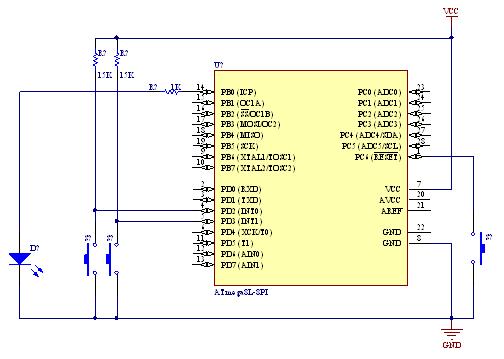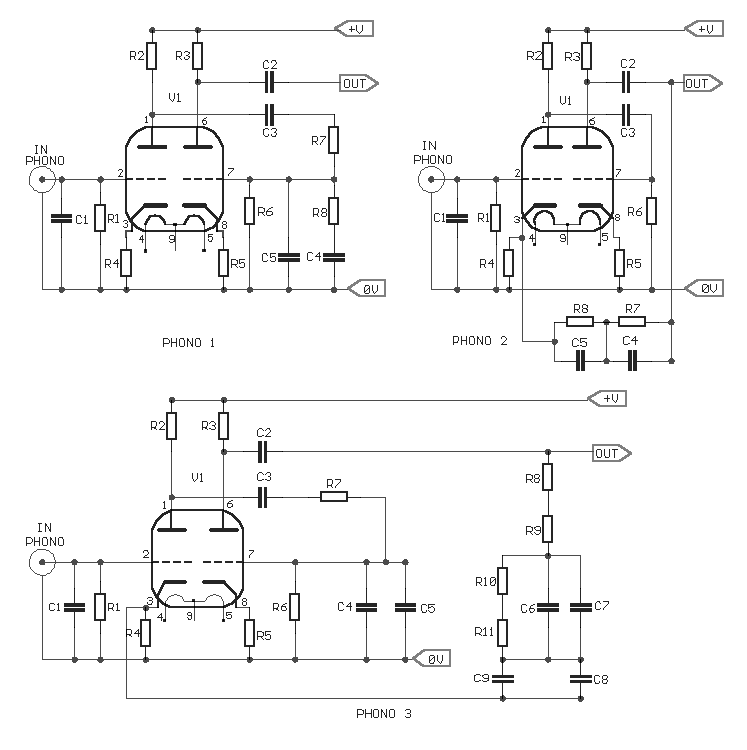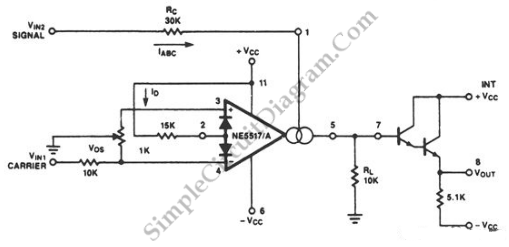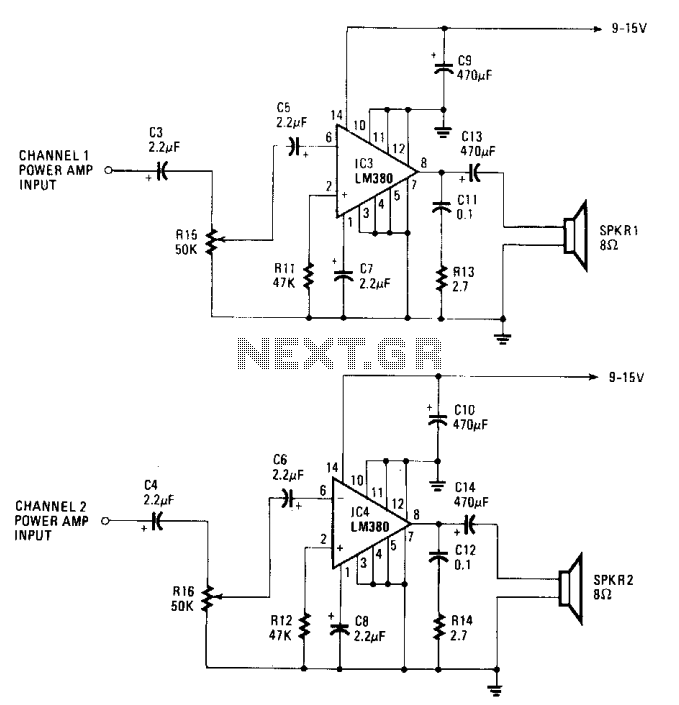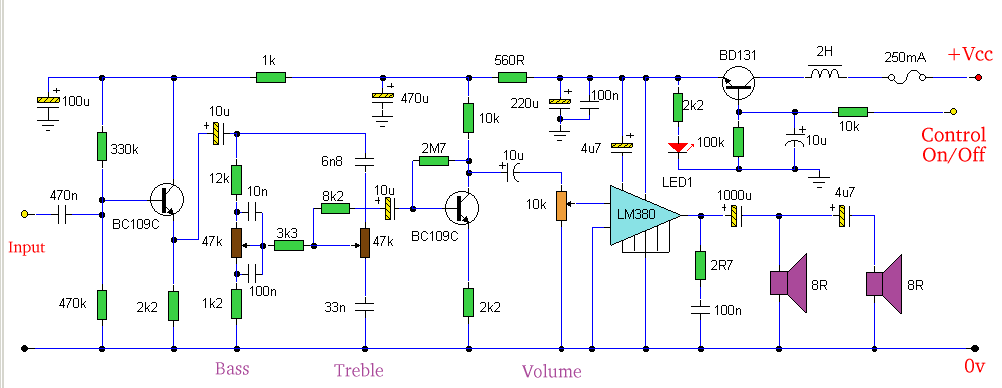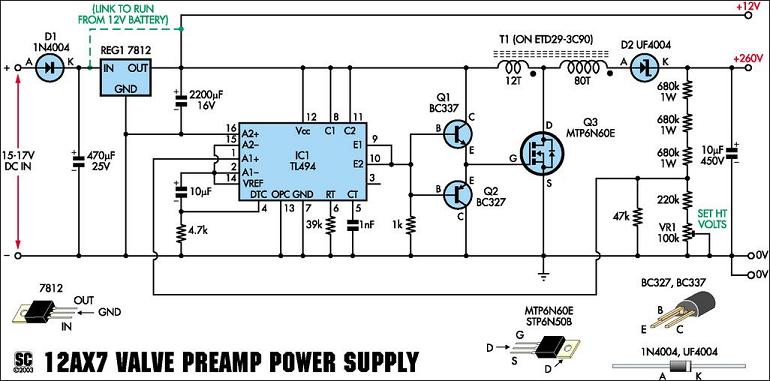
An AM RF Amp for External Antennas
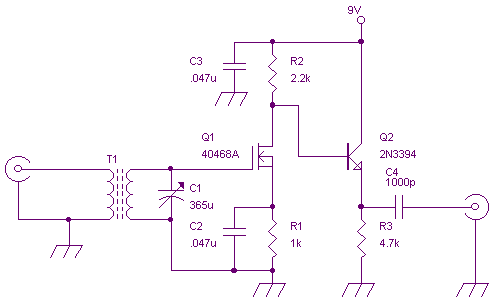
I have no idea whether the RCA 40468A FET is still available or not. It came in a 4 pin metal can - with the 4th pin connected to the substrate. I have successfully substituted other N-channel devices, such as the HEP-802 - which comes in a plastic TO-92 package. Simply ignore the substrate connection. Other good quality N-channel FET`s can probably be used as well. Both articles stressed handling precautions for FET`s.
The RCA 40468A FET is a four-pin N-channel field-effect transistor typically housed in a metal can package. The configuration of this transistor includes three active pins for gate, drain, and source connections, while the fourth pin is connected to the substrate. This substrate pin is generally used for heat dissipation and electrical grounding; however, it can be ignored when substituting with other compatible N-channel FETs, provided that the replacement device can adequately handle the thermal and electrical characteristics required by the application.
When considering alternatives, the HEP-802, which is packaged in a plastic TO-92 case, serves as a suitable substitute. This substitution is viable as long as the electrical parameters such as threshold voltage, drain-source breakdown voltage, and transconductance are comparable to those of the RCA 40468A. It is essential to evaluate the specifications of any replacement FET to ensure compatibility with the circuit design.
In addition to the HEP-802, other high-quality N-channel FETs may also be employed, provided they meet the necessary electrical specifications and can be integrated into the existing circuit without compromising performance. Handling precautions are crucial when working with FETs due to their sensitivity to electrostatic discharge (ESD). Proper grounding techniques and the use of ESD protection measures, such as wrist straps and anti-static mats, are recommended to prevent damage to the devices during handling and installation.I have no idea whether the RCA 40468A FET is still available or not. It came in a 4 pin metal can - with the 4th pin connected to the substrate. I have successfully substituted other N-channel devices, such as the HEP-802 - which comes in a plastic TO-92 package. Simply ignore the substrate connection. Other good quality N-channel FET`s can probably be used as well. Both articles stressed handling precautions for FET`s. 🔗 External reference
The RCA 40468A FET is a four-pin N-channel field-effect transistor typically housed in a metal can package. The configuration of this transistor includes three active pins for gate, drain, and source connections, while the fourth pin is connected to the substrate. This substrate pin is generally used for heat dissipation and electrical grounding; however, it can be ignored when substituting with other compatible N-channel FETs, provided that the replacement device can adequately handle the thermal and electrical characteristics required by the application.
When considering alternatives, the HEP-802, which is packaged in a plastic TO-92 case, serves as a suitable substitute. This substitution is viable as long as the electrical parameters such as threshold voltage, drain-source breakdown voltage, and transconductance are comparable to those of the RCA 40468A. It is essential to evaluate the specifications of any replacement FET to ensure compatibility with the circuit design.
In addition to the HEP-802, other high-quality N-channel FETs may also be employed, provided they meet the necessary electrical specifications and can be integrated into the existing circuit without compromising performance. Handling precautions are crucial when working with FETs due to their sensitivity to electrostatic discharge (ESD). Proper grounding techniques and the use of ESD protection measures, such as wrist straps and anti-static mats, are recommended to prevent damage to the devices during handling and installation.I have no idea whether the RCA 40468A FET is still available or not. It came in a 4 pin metal can - with the 4th pin connected to the substrate. I have successfully substituted other N-channel devices, such as the HEP-802 - which comes in a plastic TO-92 package. Simply ignore the substrate connection. Other good quality N-channel FET`s can probably be used as well. Both articles stressed handling precautions for FET`s. 🔗 External reference
